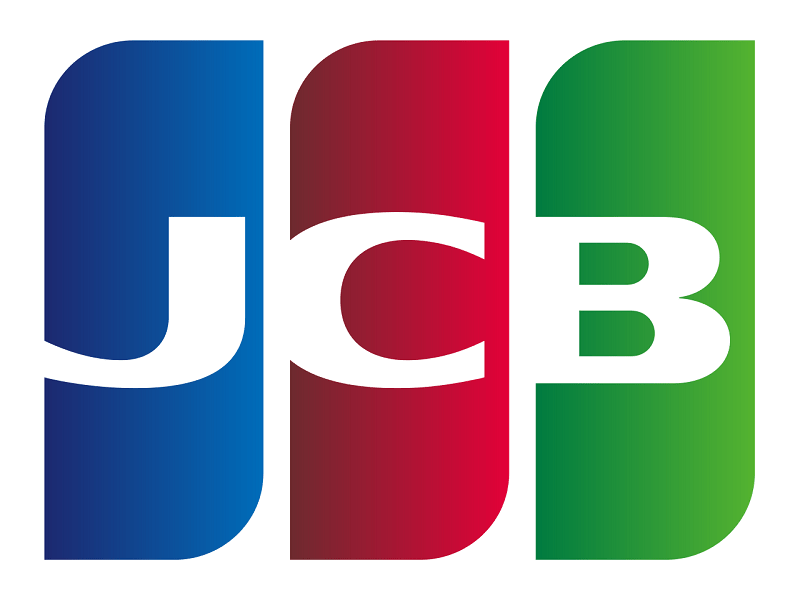
Making the traditional financials sector more secure requires a lot of technical innovation. Unfortunately, the financial sector has seen little to no innovation over the past few decades. In recent months, however, various companies have been experimenting with passwordless and contactless payments. Palm vein technology is now making its way to ATMs and merchant terminals.
Also read: Denying Financial Service Providers To Hide Behind Arbitration Clauses
JCB & Fujitsu Partner in Palm Vein Security Trial
JCB, a Japanese payment card provider, has partnered with technology company Fujitsu to tackle the issue of making card transactions more secure. Doing so would allow JCB customers to conduct cardless transactions at merchant terminals, but also at ATMs to withdraw money. Rather than relying on facial recognition or fingerprints, both parties decided to experiment with palm vein technology.
Back in July of 2015, JCB completed an initial field trial of palm vein technology and reported the project as a success. A few hundred employees used palm vein technology to pay for beverages and food at the JCB cafeteria. By matching both the palm vein data with the payment card information, employees could complete transactions without even pulling out their wallet.
In fact, Fujitsu’s implementation of palm vein verification doesn’t even require the consumer to scan their hand on the surface of a device. A simple waving motion over a palm vein sensor will do the trick. Once this data is matched with Fujitsu‘s database of palm vein templates, the corresponding JCB payment data is pulled up, and payments are processed automatically.
Compared to other forms of biometrics, such as facial recognition and fingerprint scanning, palm vein data is much harder to duplicate or imitate. Whether or not palm vein technology will be embraced by consumers and merchants outside of the JCB ecosystem, remains unknown at this time. However, the Japanese company is planning to roll out their palm vein authentication process on a global scale.
Early projections by Fujitsu confirm these plans, as a total of 470,000 palm vein authentication devices have been shipped out so far. Furthermore, according to the data provider, these devices have been using by over 63 million individuals, spread out over 60 different countries around the world.
Still Relying on Centralized Databases
On paper, palm vein technology sounds like a proper biometric type of security for payments. However, the implementation by both JCB and Fujitsu is not the best way to go about it. Storing all of this sensitive personal and financial data in a centralized database in a centralized data center is asking for trouble, sooner or later.
When will companies learn that using any form of a centralized solution is simply not acceptable anymore? Especially when it comes to financial or biometric information, both of which are of high value to hackers. Furthermore, linking someone’s palm vein data to their payment information will undoubtedly give government agencies and advertisers even , more insight as to how consumers spend their money.
What are your thoughts on using palm vein data to authenticate transactions? Do you think the blockchain should play a bigger role in this technology? Let us know in the comments below!
Source: Finextra
Images courtesy of Fujitsu, JCB, Shutterstock


















